Imagine standing on the edge of a wild, green expanse in Florida, where a panther prowls silently, a swallowtail butterfly flutters by, and ancient cypress trees whisper in the breeze. Now picture this: just beyond the trees, a busy highway and a patchwork of development threaten to sever that wildness forever. The Florida Wildlife Corridor isn’t just a line on a map—it’s a bold vision, a lifeline for countless creatures, and possibly one of the most inspiring conservation efforts in America today. It’s about hope, perseverance, and a race against time to save what makes Florida’s natural heritage truly unique.
The Vision Behind the Corridor
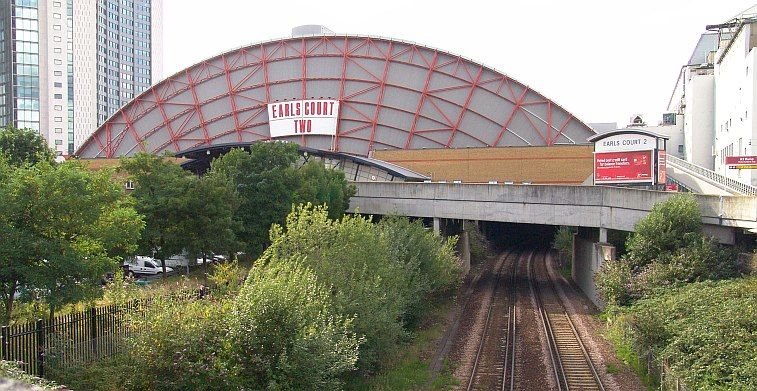
At its heart, the Florida Wildlife Corridor is an ambitious plan to link millions of acres of public and private lands across the state. The goal is simple yet profound: create continuous pathways that allow animals to move freely, find food, and reproduce. Unlike isolated parks or preserves, a corridor connects ecosystems like beads on a necklace, ensuring that habitats don’t become islands surrounded by development. Conservationists believe that only by maintaining these connections can the state’s extraordinary biodiversity survive in a rapidly changing world. It’s a vision that requires cooperation between landowners, government agencies, and communities, all working together for a shared future. This project is not just about animals—it’s about preserving the natural balance that humans also depend on.
Why Does Biodiversity Matter?

Biodiversity is more than just a buzzword—it’s the web of life that supports every living thing, including us. In Florida, biodiversity means rare orchids, majestic manatees, and the mysterious Florida panther. Each species plays a role, from pollinating plants to controlling pests, keeping the ecosystem healthy and resilient. When habitats are fragmented, species lose access to mates, food, and safe migration routes, putting their survival at risk. Loss of biodiversity can even affect people, making diseases more common and crop yields less reliable. Protecting it isn’t just about saving animals for their own sake; it’s about safeguarding the foundation of life that we all rely on. The corridor is a vital tool for keeping this delicate balance intact.
Florida’s Unique and Endangered Species
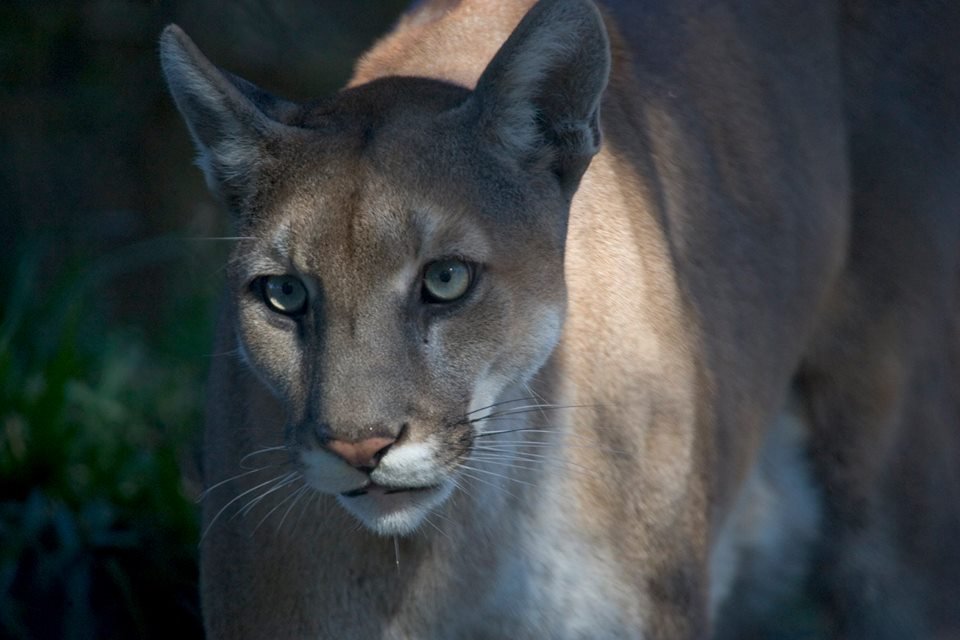
Few places in the United States boast such a dazzling array of wildlife as Florida. From the elusive Florida panther to the gentle West Indian manatee, the state is home to creatures found nowhere else on earth. Unfortunately, many of these animals are on the brink of extinction, threatened by habitat loss, pollution, and climate change. The corridor offers hope by reconnecting fragmented habitats, giving species like the black bear, Eastern indigo snake, and gopher tortoise a fighting chance. For birds like the Florida scrub-jay, whose habitat is shrinking fast, these connections may mean the difference between survival and disappearance. Every time a new stretch of land is added to the corridor, it throws a lifeline to these remarkable animals.
How Fragmentation Threatens Wildlife

Imagine trying to cross a busy highway blindfolded—this is the reality for many animals in Florida today. Fragmentation occurs when roads, cities, and farms slice natural habitats into small, isolated patches. For wildlife, these barriers can be deadly. Young panthers are often killed while searching for territory, and turtles struggle to find nesting grounds. Fragmentation also isolates populations, leading to inbreeding and genetic weakness. Without continuous corridors, many species simply cannot survive in the long term. The Florida Wildlife Corridor seeks to stitch these fragments back together, providing safe passage and breathing room for nature to thrive once again.
The Role of Rivers, Wetlands, and Forests
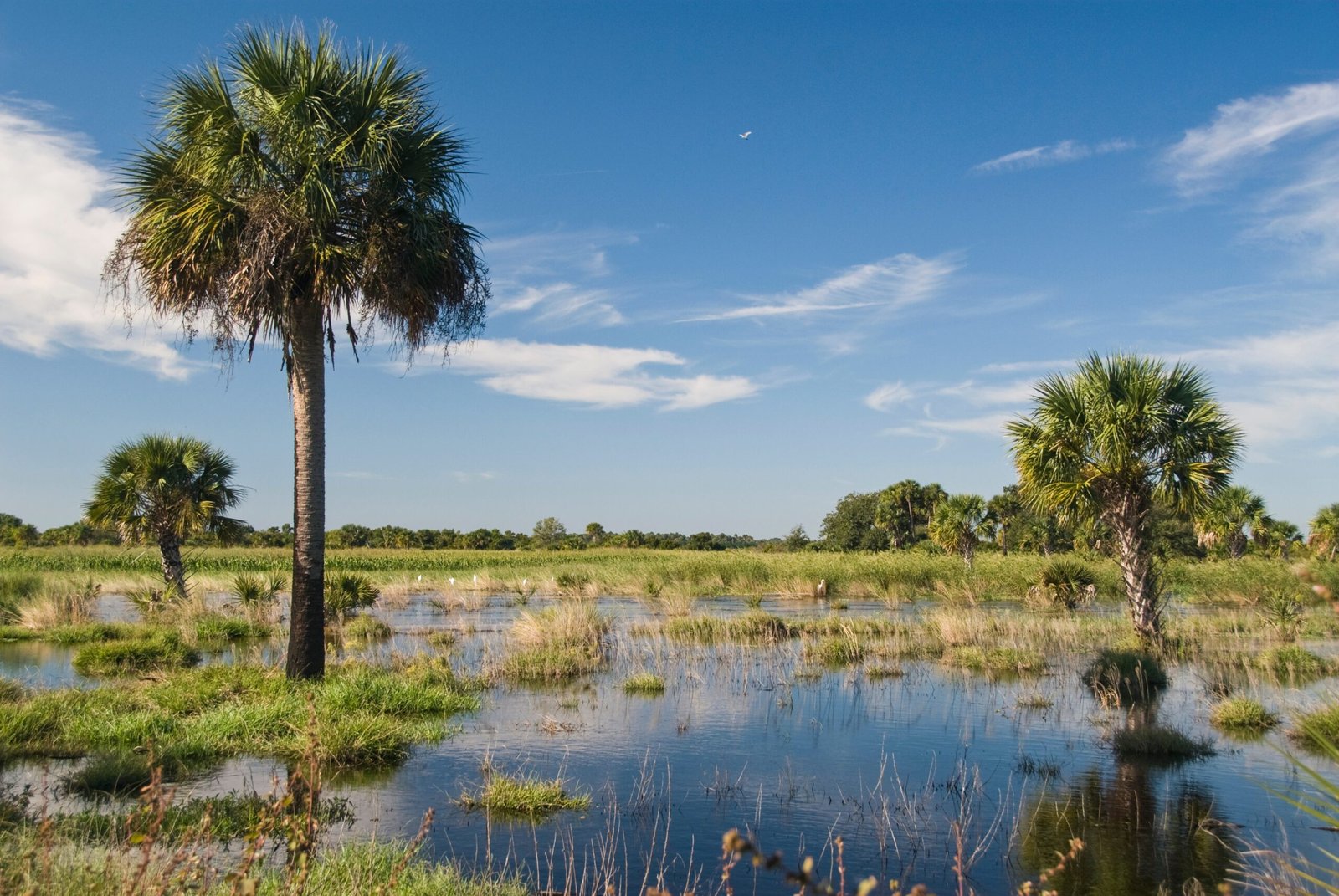
Rivers, wetlands, and forests are the lifeblood of the Florida Wildlife Corridor. These natural features act as highways for wildlife, guiding animals as they migrate, hunt, or seek shelter. The Kissimmee River, for example, forms a watery artery stretching from Central Florida to Lake Okeechobee, supporting everything from alligators to wading birds. Wetlands filter water, capture carbon, and buffer communities from storms. Forests provide shade, food, and nesting sites, creating a tapestry of habitats for creatures large and small. Protecting these ecosystems is essential not only for wildlife but also for the people who rely on clean water and healthy landscapes.
Challenges of Urban Development
Florida is growing fast—every day, new homes, roads, and shopping centers spring up across the state. While economic development brings jobs and opportunities, it also poses serious threats to wildlife. As land is cleared and paved, habitats shrink and corridors are cut off. Conservationists face an uphill battle convincing developers and policymakers to balance growth with nature. The challenge is finding ways to create win-win solutions, such as wildlife-friendly crossings, conservation easements, and smart planning that preserves green space. Without urgent action, the window to save Florida’s wild heart may close forever.
Private Landowners: Unsung Heroes
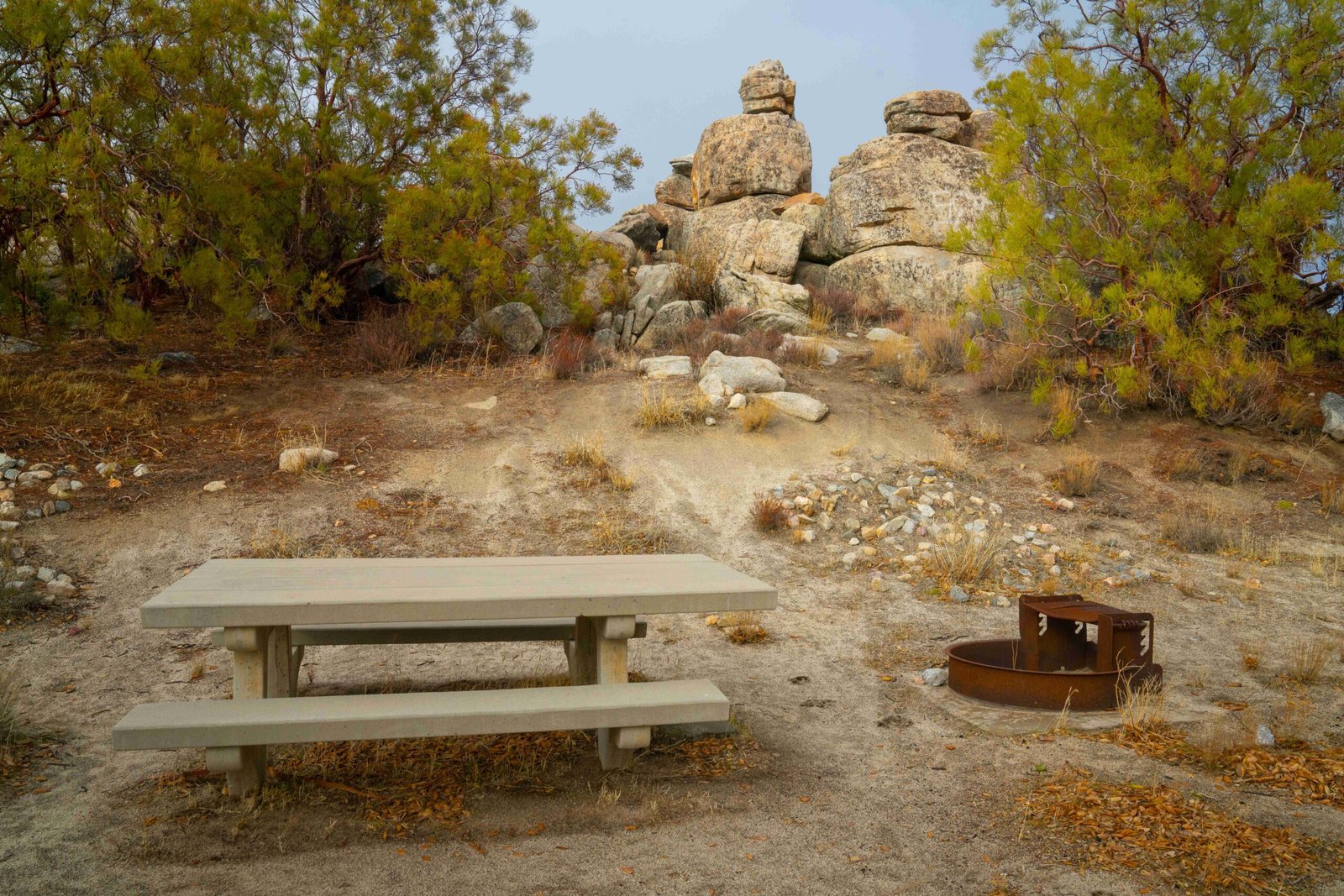
Surprisingly, much of Florida’s wild land is privately owned. Ranchers, farmers, and timber companies hold the keys to many critical habitats. Their decisions can spell doom or hope for wildlife. Some landowners have become conservation champions, partnering with organizations to create easements that protect land from development while allowing traditional uses to continue. These efforts are essential for filling gaps in the corridor and creating large, connected landscapes. The partnership between public and private sectors is a testament to the power of shared stewardship, proving that conservation and livelihoods can go hand in hand.
Conservation Success Stories
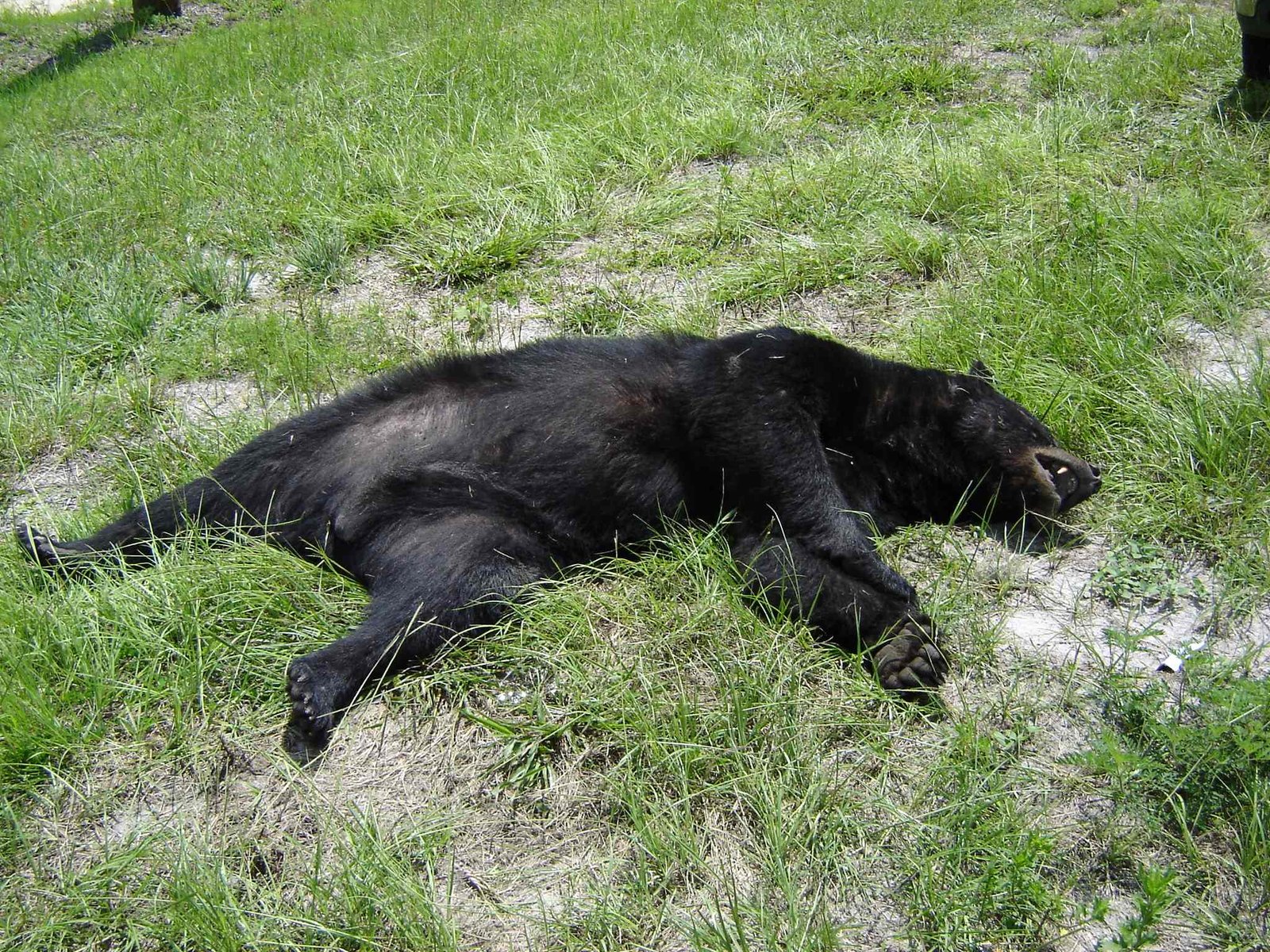
The Florida Wildlife Corridor is more than theory—it’s already making a real difference. Take the story of the black bear, once threatened by shrinking habitats. Thanks to new protected lands and wildlife underpasses, bears are now roaming wider territories and populations are rebounding. In another case, a herd of rare Florida grasshopper sparrows found refuge in restored prairie land, giving hope to a species on the edge of extinction. These victories show what’s possible when people unite behind a common goal. Every acre saved is a small miracle—a promise to future generations that Florida’s wild wonders will endure.
Scientific Tools and Technology
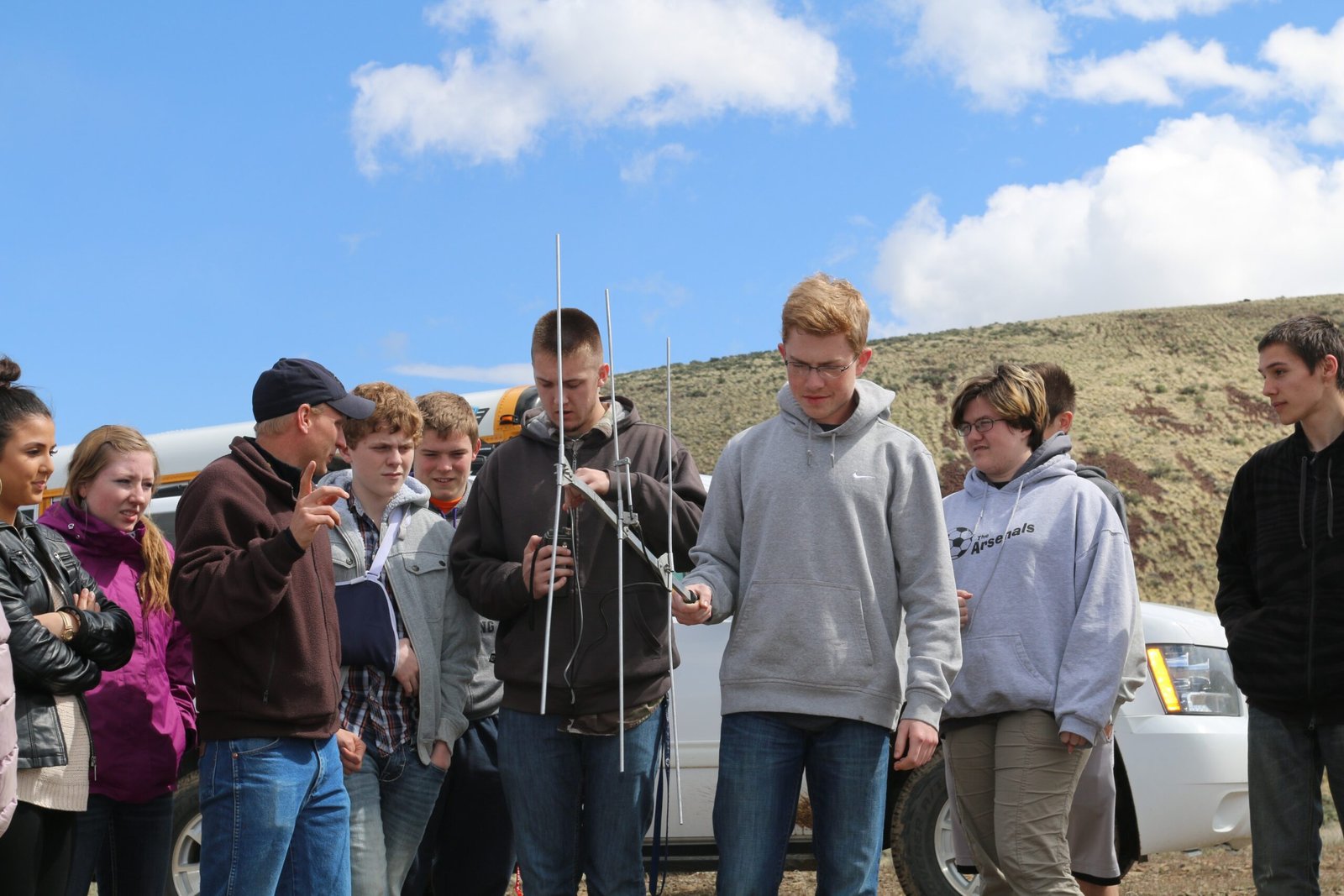
Modern science is at the heart of the corridor’s success. Biologists use GPS collars to track animal movements, revealing where corridors are most needed. Satellite imagery helps map habitats and monitor changes over time. Genetic studies uncover hidden connections between populations, guiding conservation strategies. Drones, camera traps, and even citizen science projects bring new eyes and insights to the effort. These tools allow scientists to make smarter decisions, focusing resources where they will have the greatest impact. In a world of rapid change, innovation is key to keeping pace with new threats and opportunities.
Benefits for People and Communities

Protecting the Florida Wildlife Corridor isn’t just good for animals—it’s also a boon for people. Green spaces provide recreation, reduce flooding, filter water, and boost property values. Healthy ecosystems support tourism, agriculture, and even public health by reducing disease risks. Families can enjoy hiking, birdwatching, and fishing, creating memories that last a lifetime. The corridor also helps protect cultural heritage, preserving landscapes that have shaped Florida’s identity for centuries. Investing in nature is an investment in a brighter, more sustainable future for everyone.
The Road Ahead: Opportunities and Hope
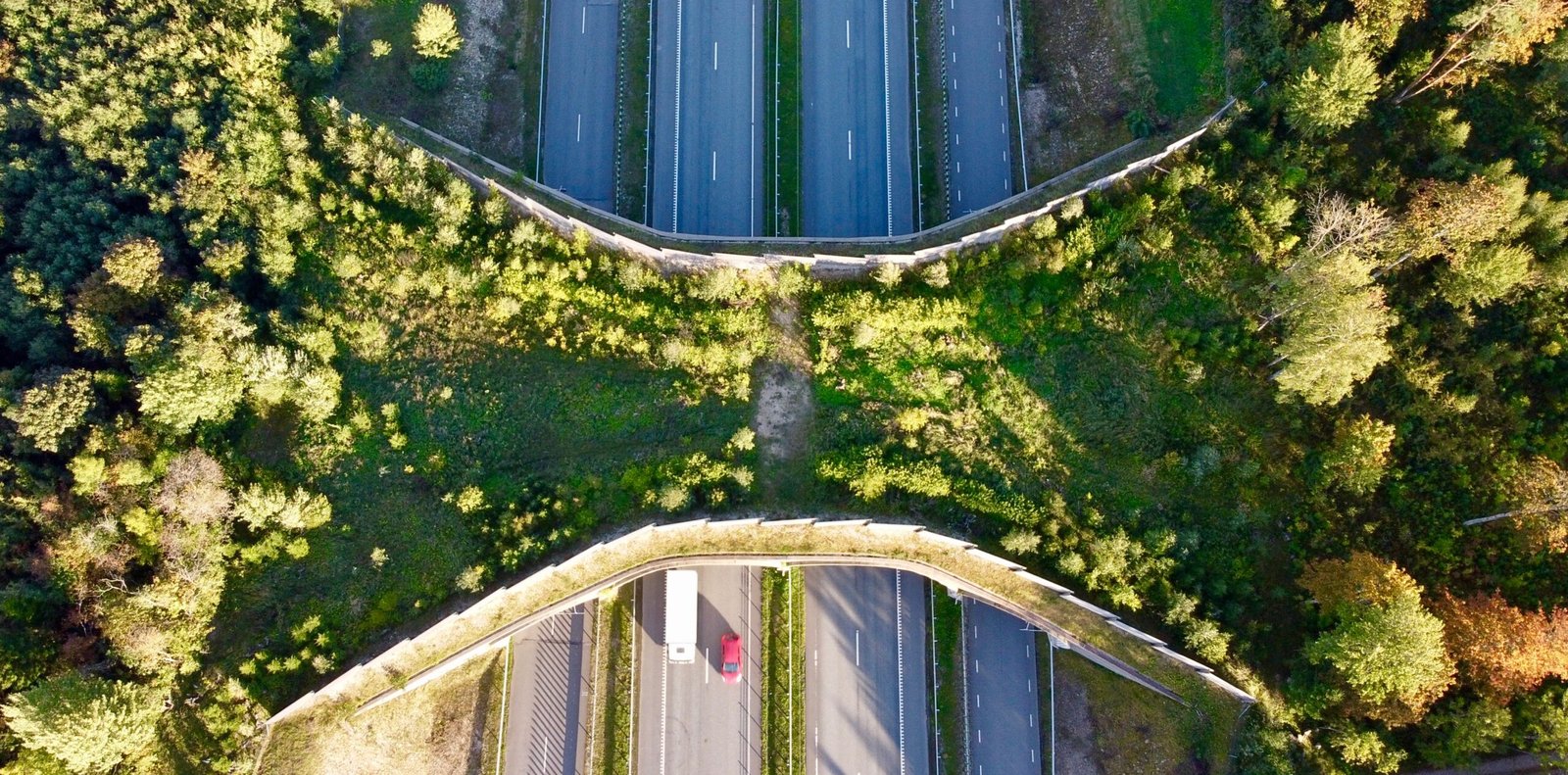
The journey to complete the Florida Wildlife Corridor is far from over, but there is growing momentum. Recent legislation and public support have unlocked new funding and partnerships. More landowners are stepping up, and young people are raising their voices for wildlife. Challenges remain, from climate change to competing land uses, but the spirit of collaboration and determination runs deep. Each step forward brings new hope, weaving a brighter tapestry for Florida’s wild places and the countless lives that depend on them.
In a world where wildness is shrinking, the Florida Wildlife Corridor stands as a shining example of what’s possible when vision, science, and community come together. How far would you go to keep the wild heart of Florida beating?




